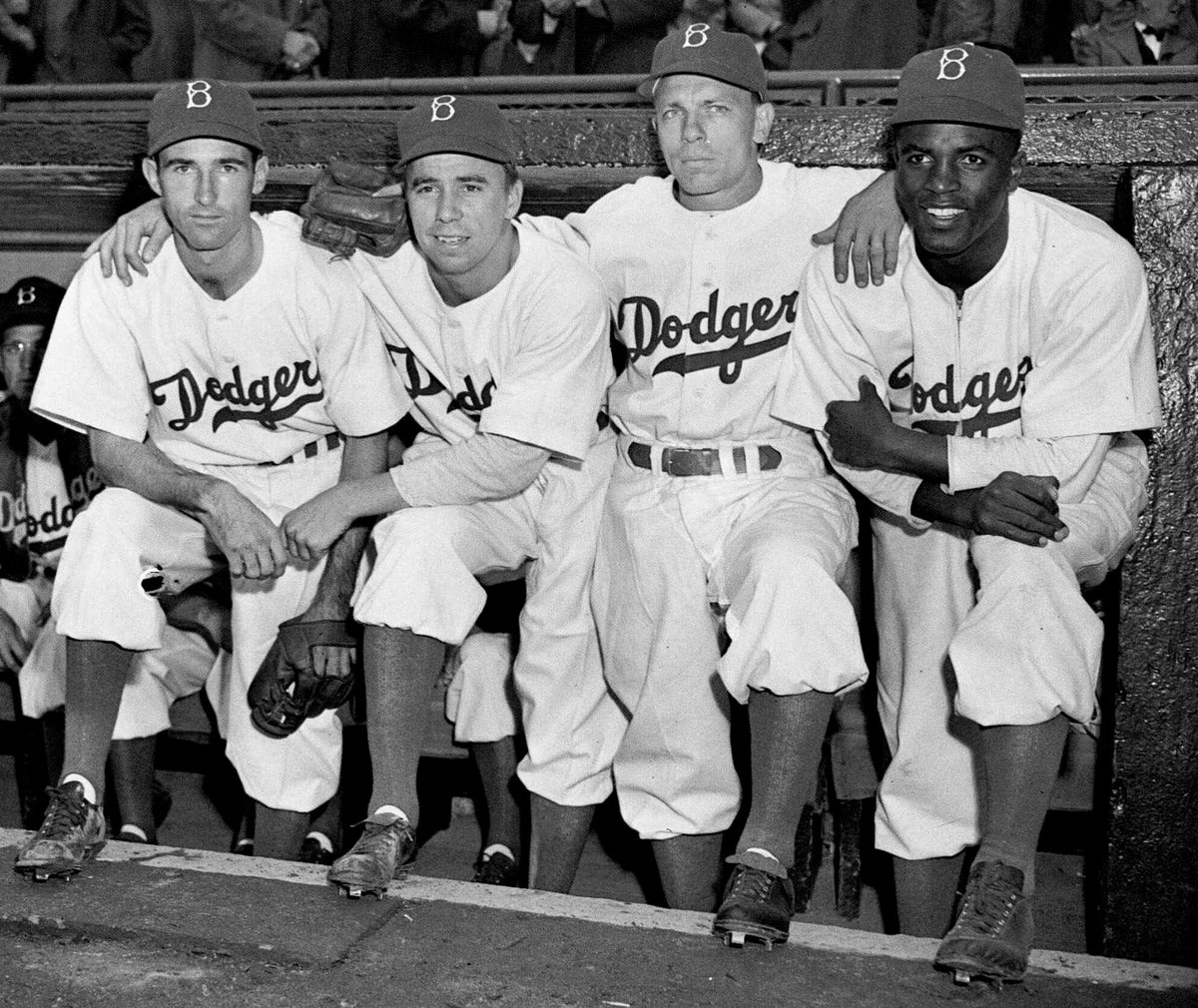The Evolution of Baseball: From Sandlots to Stadiums

Baseball, often referred to as America's pastime, has a rich history that has evolved over the years into the widely popular sport we know today. From its humble beginnings on sandlots and makeshift fields to the grand stadiums and global fanbase, the journey of baseball is a testament to its enduring appeal and cultural significance.
The origins of baseball can be traced back to the mid-19th century in the United States. What started as a simple game played by amateur clubs quickly gained popularity and organized leagues began to form. The rules of the game continued to develop, leading to the establishment of the first professional league, the National Association of Professional Base Ball Players, in 1871.
As the sport grew in popularity, so did the infrastructure supporting it. The construction of dedicated baseball stadiums began in the late 19th century, providing fans with a more comfortable and immersive experience. Iconic venues such as Fenway Park, Wrigley Field, and Yankee Stadium became symbols of baseball tradition and history.
The evolution of baseball was not just limited to the playing field and stadiums. The introduction of radio broadcasts in the early 20th century brought the game into homes across the country, while television broadcasts in the mid-20th century further expanded its reach. Today, with the rise of digital media and live streaming, fans can follow their favorite teams and players from anywhere in the world.
In addition to technological advancements, the game itself has seen changes over the years. From the introduction of night games and artificial turf to rule changes and advancements in player statistics, baseball has adapted to the times while still preserving its core essence.
Looking ahead, the future of baseball holds exciting possibilities with advancements in technology, data analytics, and fan engagement. While the sport continues to evolve, its timeless appeal and legacy as a symbol of teamwork, tradition, and competition remain unchanged.
In conclusion, the evolution of baseball from its early days on sandlots to the modern era of high-tech stadiums and global connectivity is a testament to its enduring legacy and cultural impact. As fans continue to embrace the sport and new generations discover its magic, baseball's journey is far from over, promising more thrills, memories, and unforgettable moments for years to come.
The origins of baseball can be traced back to the mid-19th century in the United States. What started as a simple game played by amateur clubs quickly gained popularity and organized leagues began to form. The rules of the game continued to develop, leading to the establishment of the first professional league, the National Association of Professional Base Ball Players, in 1871.
As the sport grew in popularity, so did the infrastructure supporting it. The construction of dedicated baseball stadiums began in the late 19th century, providing fans with a more comfortable and immersive experience. Iconic venues such as Fenway Park, Wrigley Field, and Yankee Stadium became symbols of baseball tradition and history.
The evolution of baseball was not just limited to the playing field and stadiums. The introduction of radio broadcasts in the early 20th century brought the game into homes across the country, while television broadcasts in the mid-20th century further expanded its reach. Today, with the rise of digital media and live streaming, fans can follow their favorite teams and players from anywhere in the world.
In addition to technological advancements, the game itself has seen changes over the years. From the introduction of night games and artificial turf to rule changes and advancements in player statistics, baseball has adapted to the times while still preserving its core essence.
Looking ahead, the future of baseball holds exciting possibilities with advancements in technology, data analytics, and fan engagement. While the sport continues to evolve, its timeless appeal and legacy as a symbol of teamwork, tradition, and competition remain unchanged.
In conclusion, the evolution of baseball from its early days on sandlots to the modern era of high-tech stadiums and global connectivity is a testament to its enduring legacy and cultural impact. As fans continue to embrace the sport and new generations discover its magic, baseball's journey is far from over, promising more thrills, memories, and unforgettable moments for years to come.
|
Posted on June 17 2024